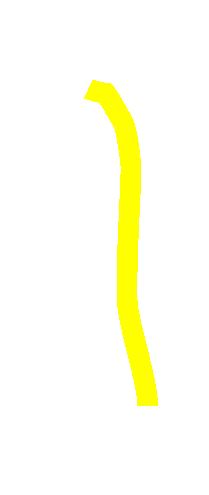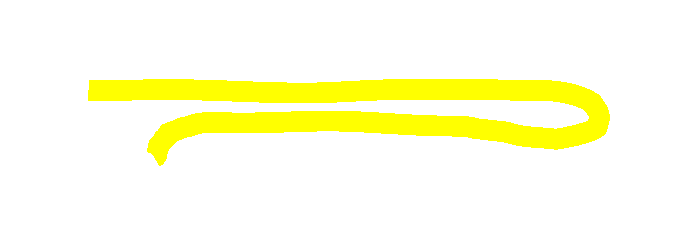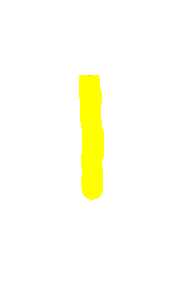











|
Design III (least expensive)
|
|
|
|
|
item
|
qty
|
unit cost
|
extended
|
|
1” OD high-pressure vinyl tubing (ft)
|
15
|
$1.29
|
$19.35
|
|
filters (Culligan HF 150)
|
3
|
$20.00
|
$60.00
|
|
filter cartridges 25, 10 & 5 micron
|
3
|
$10.00
|
$30.00
|
|
12 V DC pump
|
1
|
$20.00
|
$20.00
|
|
pickup screen
|
1
|
|
|
|
3/4” PVC ball valves
|
4
|
$2.00
|
$8.00
|
|
3/4” PVC Ts
|
1
|
$7.49
|
$7.49
|
|
3/4” PVC nipples
|
4
|
$2.89
|
$11.56
|
|
1” PVC hose fittings
|
6
|
|
$0.00
|
|
storage bin 15”x15”x36” (1/2m x1/2m x1m)
|
1
|
$20.00
|
$20.00
|
|
total
|
|
|
$176.40
|